After spending the warmer seasons foraging for wild foods along beaches, urban alleys, and in the forest, the cold weather and snow have come, and the days of collecting edible miner’s lettuce or blackberries are on hold for now. Or are they? As long you bundle up, winter can be a great time to gather wild foods. The harvest may not be as plentiful as at other times of the year, but Mother Nature still provides nutritional snacks. So check out these great-tasting wild foods!
Rosehips
Rosehips are easy to find anywhere, even in your garden, if you haven’t given your roses a clip after their last flowering. Rosehips are the seed-filled pods, sometimes called the fruit of the rose, found underneath the rose petals. They make delicious jelly with just enough sweetness for breakfast toast.

Chickweed
Chickweed thrives in the winter! Its leaves are more tender than at other times of the year, and it has less stringy stems than in the middle of summer. Easy to find under a blanket of snow, dig down, pick a bunch from your front yard, and enjoy it in a salad.
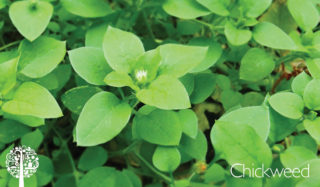
Cattails
Cattails are easy to identify and can be found at the edge of lakes and ponds. The tubers and young shoots are edible and great to eat raw, roasted, or stir-fried.
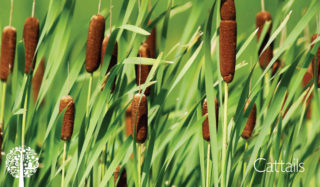
Dock Seeds
Dock seeds are related to buckwheat and make tasty flour. The sturdy stalks stand firm even under the heavy snow, making them easy to find.
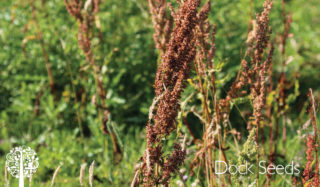
Wild Cranberries
Wild cranberries love the cold and grow along the ground like a vine. The oval shape and bright red color make them stand out. Eaten as is, added to salads, or made into jelly, they are a delicious wild winter food.
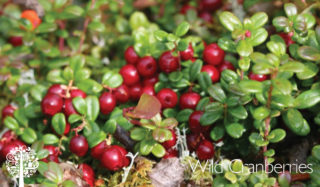
Pine Needles
The needles of pine, spruce, fir, and redwood are edible and can be made into tea, added to holiday cookie recipes, or infused into alcohol. However, some conifers in the Yew family are not for consumption, so always be sure you’ve identified the right tree and species.
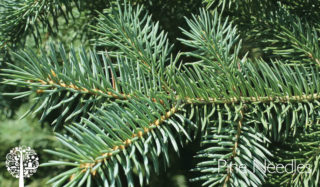
Acorns
Find an Oak tree, and it’s almost certain you’ll find acorns lying on the ground at its base or still hanging from branches. They make nutty flour perfect for pancakes or added to bread mixes. It’s vital to soak acorns in warm water before grinding them into a powder, as they contain tannic acids, which by soaking, are eliminated.

Fruit Left On Trees
Unharvested apples, pears, and plums that haven’t been harvested or fallen off the tree can still be found in winter. The cold weather has solidified the sugars in the fruit, making them even sweeter. These great finds make perfect jams and jellies.
Birch Bark
You can turn the inner bark of birch trees into flour with characteristics similar to buckwheat. Be careful when harvesting not to strip the tree. Taking bark from recently felled or fallen trees is better than scarring a living tree.

Dandelion Roots
Dig down and pull up the tuberous roots, which can be oven roasted until dry and made into a delicious tea.
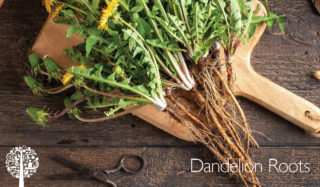
But Before You Do Anything…
Always double-check that the food you have gathered is safe to eat. If you have any doubt, don’t harvest it. Consult with local experts, take a foraging course, download a foraging app to identify food sources, and never forage alone. Remember to take only what you need and leave some for the wildlife and those foraging after you.
Very interesting and informative read!
Thank you
Glad that you found it helpful! Thank you